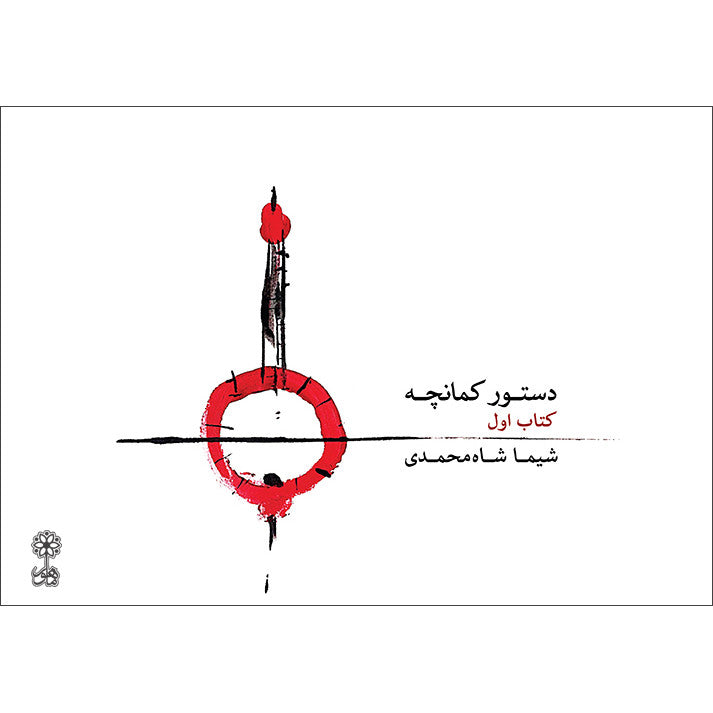Instrumica.shop
"The Method of Playing the Kamancheh" by Shima Shah Mohammadi
"The Method of Playing the Kamancheh" by Shima Shah Mohammadi
Regular price
$59.00 USD
Regular price
Sale price
$59.00 USD
Unit price
per
Couldn't load pickup availability
The Kamancheh is an ancient instrument in Iranian culture and its music. This instrument has experienced numerous ups and downs throughout history, and its interesting and poignant story has been heard and sung in the history of music to some extent. The full potential of this instrument has not yet been fully realized, and the necessity of attention from musicians and instructors is felt more than ever today.
One of the challenges in teaching the kamancheh is that its instruction is based on the methods of the violin and its bow techniques. Printed methods for the kamancheh seem to be very limited and insignificant compared to the use of this instrument in Iranian music and the countless musicians who play it. One of the latest of these methods is the guide by Shima Shahmohammadi, recently published by Mahoor Publishing. A significant feature that distinguishes this collection is the bow, which is named in harmony with Iranian instruments such as the tar and santoor. In this book, the first string is called "do" and the second string is called "sol," differing from traditional patterns based on the violin. This pattern has both opponents and proponents among teachers and player friends, which is a subject for discussion and investigation beyond the scope of this brief overview. Another feature of this collection is its adaptation for teaching children, earning significant points for this book even in comparison to past methods that primarily used violin books for children.
Hopefully, musicians and instructors of this instrument will publish their instructional books for the kamancheh, which are mostly taught verbally or in limited ways, in the coming years so that the instrument can experience better conditions in its development.
One of the challenges in teaching the kamancheh is that its instruction is based on the methods of the violin and its bow techniques. Printed methods for the kamancheh seem to be very limited and insignificant compared to the use of this instrument in Iranian music and the countless musicians who play it. One of the latest of these methods is the guide by Shima Shahmohammadi, recently published by Mahoor Publishing. A significant feature that distinguishes this collection is the bow, which is named in harmony with Iranian instruments such as the tar and santoor. In this book, the first string is called "do" and the second string is called "sol," differing from traditional patterns based on the violin. This pattern has both opponents and proponents among teachers and player friends, which is a subject for discussion and investigation beyond the scope of this brief overview. Another feature of this collection is its adaptation for teaching children, earning significant points for this book even in comparison to past methods that primarily used violin books for children.
Hopefully, musicians and instructors of this instrument will publish their instructional books for the kamancheh, which are mostly taught verbally or in limited ways, in the coming years so that the instrument can experience better conditions in its development.
Materials
Materials
Shipping & Returns
Shipping & Returns
Dimensions
Dimensions





